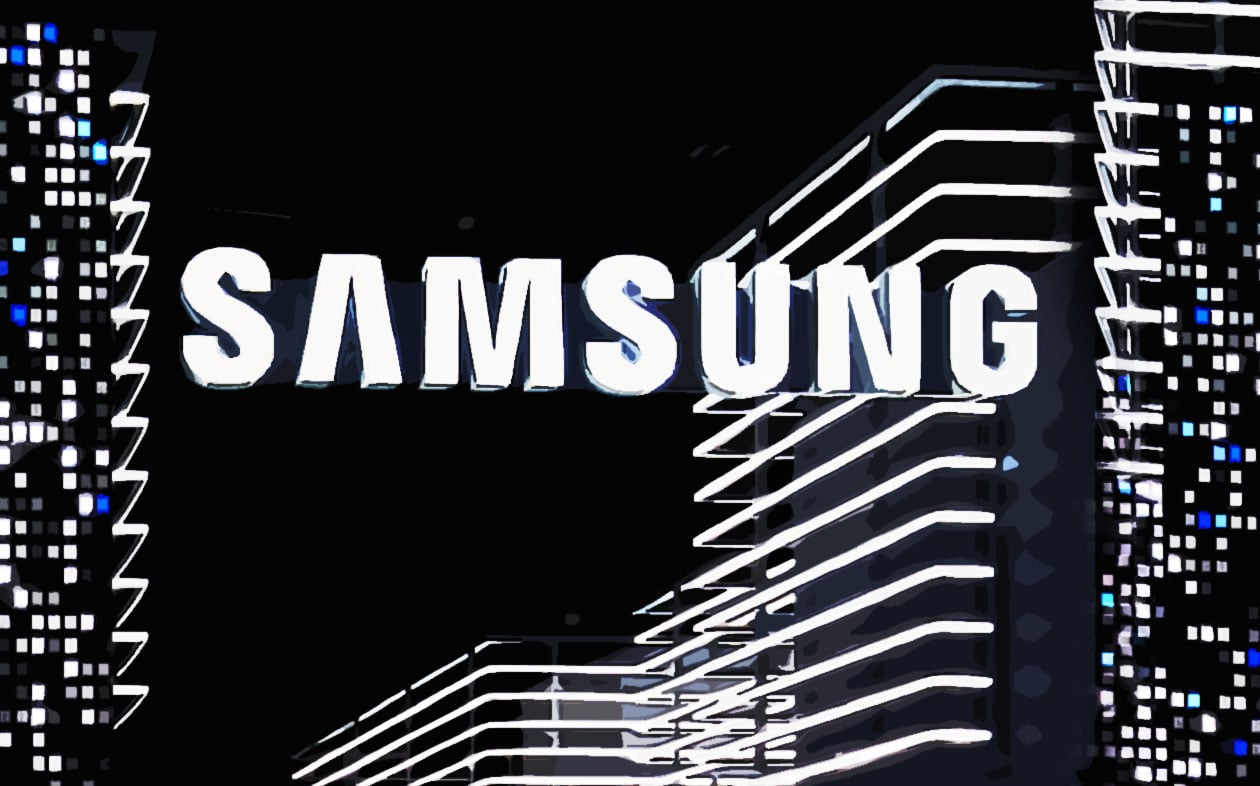Hologram technology has been one of the biggest geek fantasies of the last few decades but thanks to new advancements in areas such as displays, optics, and AI, holograms might actually become a part of our daily lives relatively soon. Researchers at the Samsung Advanced Institute of Technology (SAIT) are working hard on making holograms real and for the past eight years they have been developing technologies for holographic displays. After eight years of trialing the technology, the researchers are now confident that they can make a holographic display as a product in the near future.
Samsung researchers have recently published a thesis on slim-panel holographic video displays in the Nature Communications peer-reviewed scientific journal. The thesis details a new technology developed by SAIT, called S-BLU (steering-backlight unit), which seemingly addresses one of the biggest issues holding back holographic technology: narrow viewing angles.
S-BLU consists of a thin, panel shaped light source called a coherent-backlight unit (C-BLU) […] and a beam deflector. The C-BLU module transforms an incident beam into a collimated beam, whereas the beam deflector module is capable of adjusting the incident beam to a desired angle.
Why holographic displays recreate depth more accurately than 3D panels
3D displays have existed for many years now. They are capable of conveying a sense of depth by tricking the human eye into thinking it's looking at 3D objects. In reality, these 3D displays are still essentially 2D. The 3D images are shown on a flat 2D surface and the 3D effect is achieved mostly by leveraging binocular parallax, i.e., the difference in angle between the viewer's left and right eye when focusing on an object.
Samsung's holographic display technology is fundamentally different in that it can create actual 3D images of objects in 3D space using light. 3D displays provide some depth perception cues for the human eye to rely on, but holograms employ all of them.
This is nothing new, of course, as hologram technology has been experimented on for decades, but Samsung's latest advancements in the form of the S-BLU element might be the key to bringing actual 3D holograms to the masses. According to SAIT researchers, S-BLU can expand the viewing angle for holograms roughly 30-fold compared to a conventional 4K 10-inch display that has a viewing angle of 0.6 degrees.
Although we could sure use this technology in the era of social distancing, you probably shouldn't expect Samsung to be selling holographic displays anytime soon. S-BLU could be the key to pushing the technology forward but there's a long way to go from a thesis to a real consumer-grade product.
Nevertheless, with a bit of luck and a lot of effort from SAIT researchers, we might be able to experience 3D hologram phone calls in our lifetime. Holograms could also be used for displaying virtual blueprints or navigation, and daydreaming even further, Samsung would surely have a winning formula on its hands if it could cram holographic technology into an AI-driven robot like Ballie.

